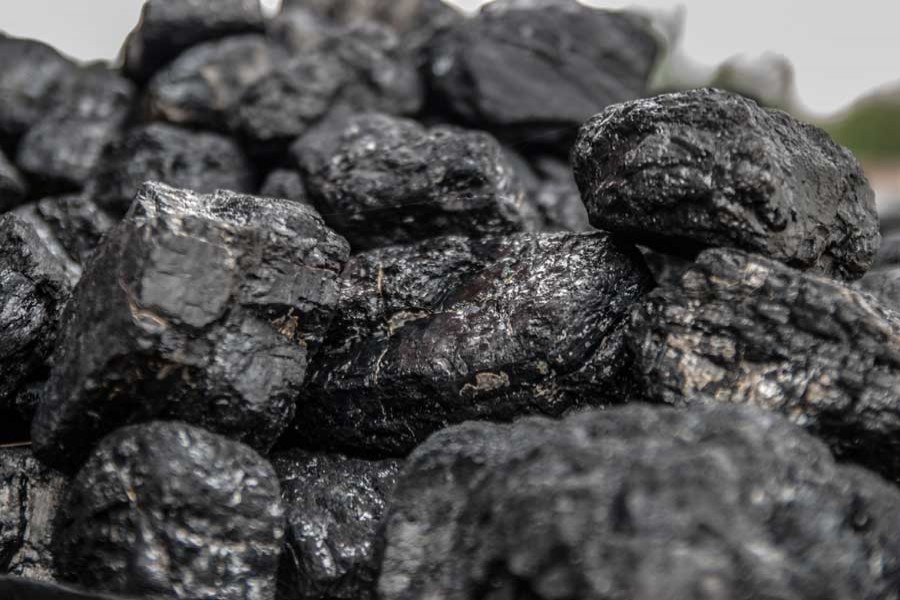
Published :
Updated :

The government's decision to develop new coal mines on its own deserves appreciation in the sense that the authorities are going to break the decade-old stalemate over the issue. The coal mines will not be leased out to any foreign or local company or joint venture (JV) partners for exploration.
Innovation of new technologies has created opportunities to develop this earth resource in an eco-friendly manner. Coal is, by far, the cheapest and most abundant source of energy. Unlike natural gas or oil, there is very little chance of coal being scarce as it is plentiful all over the world.
Currently, the country has five coal mines, but coal extraction is limited to only one coal mine at Barapukuria in Dinajpur. It is annually extracting around 1.0 million tonnes of coal, most of which is consumed by the nearby thermal power plant. But a large quantity of coal will be required from next year, when a number of coal-fired power plants start power generation.
The government has a plan to generate around 50 per cent of the country's total electricity from coal. To implement the plan, it needs to generate around 12,000 megawatts (MW) of electricity from coal by 2024, 20,000 MW by 2030, and 30,000 MW by 2041.
Bangladesh has three coal-fired power plants having a total generation capacity of only 524 MW, as against the installed capacity of 17,685 MW. Agreements have been signed to set up more coal-fired power plants to generate around 1,411 MW of electricity by private sector companies.
Bangladesh is reported to have around 2.0 billion tonnes of coal reserves in five coalmines across the country, equivalent to 70 TCF of gas. It is necessary to utilise local coal by using environmentally sound and economically feasible methods.
In expanding its electricity coverage, the government is facing difficulty because of severe shortage of primary energy. In the last decade, the country has been able to add very little to the natural gas reserves. Since the country's industry and power generation is heavily dependent on natural gas, the government is importing LNG to meet the shortfall of gas.
This, obviously, will have a huge impact on the price of gas. With more and more LNG import, the price of electricity produced from natural gas will increase to a level that will no longer be the cheapest option for Bangladesh.
However, there has been no progress in developing local coal mine resources. Bangladesh is blessed with one of the finest quality coal. Not only is it low in sulphur, but a good portion of it is high-value cooking coal. If open-pit mining is employed, more than 90 per cent of the reserves can be extracted. Concerted resistance from environmentalists is preventing open-pit mining of coal..
Since the country's gas reserve is depleting fast, there is a need for taking immediate measures to extract coal from the coalfields to deal with energy shortage.
Although power generation has doubled in the last seven years, about 40 per cent of the population does not have electricity connection as yet. Total electricity generation during the 7th FYP is expected to rise by 12,853MW, according to the government plan.
The government requires, according to energy experts, about $50 billion investment in power and energy sector by 2030 to meet the rising demand. To achieve the power generation target, specific timeframes for commissioning the power plants have to be met by the government. In order to implement the plans, the government should urgently finalise and adopt a long-term energy master plan.
The challenges in the energy sector are enormous and much of these relate to policy and institutional reforms. A strong political will is thus necessary for adoption of domestic coal policy. Efficient power generation strategy is critically dependent on successful implementation of such reforms which are tied to generating primary energy.


 For all latest news, follow The Financial Express Google News channel.
For all latest news, follow The Financial Express Google News channel.